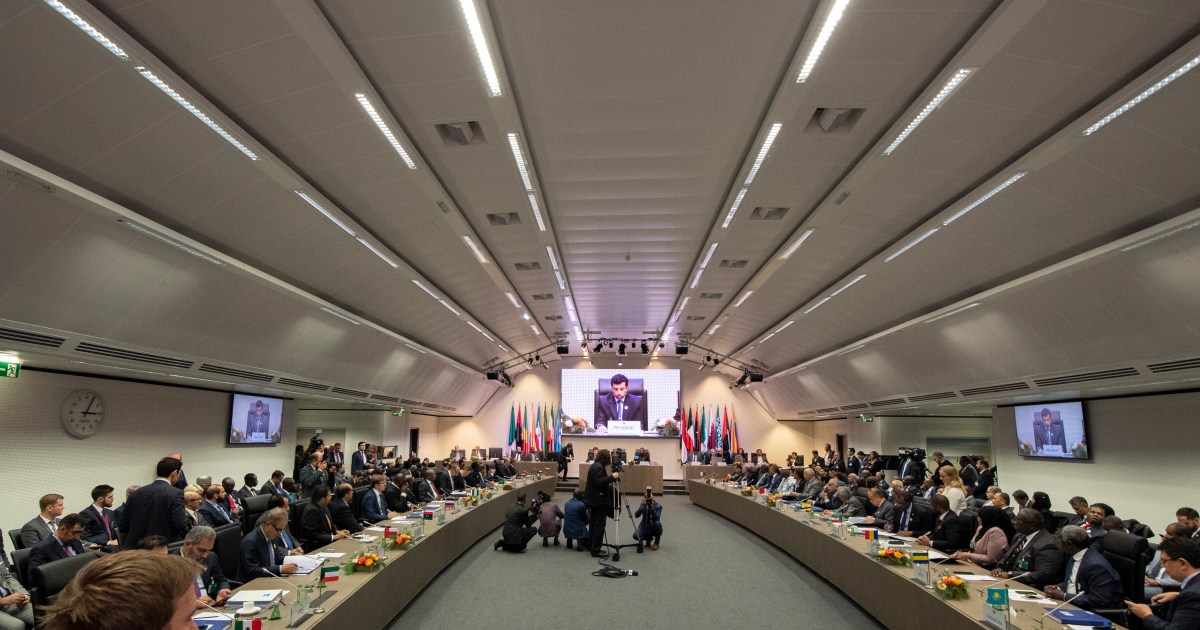Meeting comes amid the rise in prices towards the end of last year, despite the fact that the market remains uncertain.
Members of the OPEC group of oil producers and their partners will meet via video conference on Monday to decide on production levels for February in the hope of turning a difficult year around.
The OPEC + ministerial meeting comes after oil consumption was tanked in 2020 due to the COVID-19 pandemic and a price war between Saudi Arabia and Russia.
Despite the rise in prices towards the end of last year, market levels for black gold remain uncertain.
After their last summit, from 30 November to 3 December, OPEC + members agreed to increase production by half a million barrels per day in January.
The 13 members of the OPEC cartel, led by Saudi Arabia, and their six allies led by Russia, also agreed to meet at the beginning of each month to decide on adjustments to production volumes for next month. .
Russia and Saudi Arabia are the second and third largest oil producers in the world after the United States, respectively.
The decision illustrates OPEC’s desire to maintain a strong influence on the oil market and the seriousness of the situation for crude producers last year.
Prior to the pandemic, OPEC members were content with two summits a year at the organization’s headquarters in Vienna.
“Finally, we saw a strong demonstration of OPEC +’s will and the ability to manage the market, which laid the groundwork for Brent’s recovery to more than $ 50 a barrel, despite the remaining demand uncertainty in the market,” he said. JBC Energy analysts said in a statement.
The two reference contracts, North Sea Brent Crude and West Texas Intermediate (WTI), both ended the week around $ 50 a barrel level, much lower than the prices seen at the beginning of 2020, but lower than the lows last year.
In March, Moscow and Riyadh launched a brief but intense oil price war that sent prices down.
On April 20, West Texas Intermediate (WTI) oil collapsed to minus $ 40.32 a barrel, meaning producers paid buyers to take the oil out of their hands.
The climate between the two oil giants has since eased, with the Russian and Saudi Arabian energy ministers meeting in a unity show in mid-December.
However, it remains difficult to predict the evolution in demand as government vaccination programs against the coronavirus begin to roll out.
Last month, OPEC predicted a slight upswing in the market, while still noticing uncertainties, particularly in the transport sector.
Despite the leverage of the OPEC + countries, countries outside the system have a major impact on the oil market; mainly the United States which still produces 11 million barrels of crude per day.
Even within its ranks, OPEC will have to pay attention to the developments in the three quotas that have been exempted – Libya, Iran and Venezuela.
Libya’s production has been virtually wiped out by civil conflict, but has increased since October following the signing of a ceasefire.
